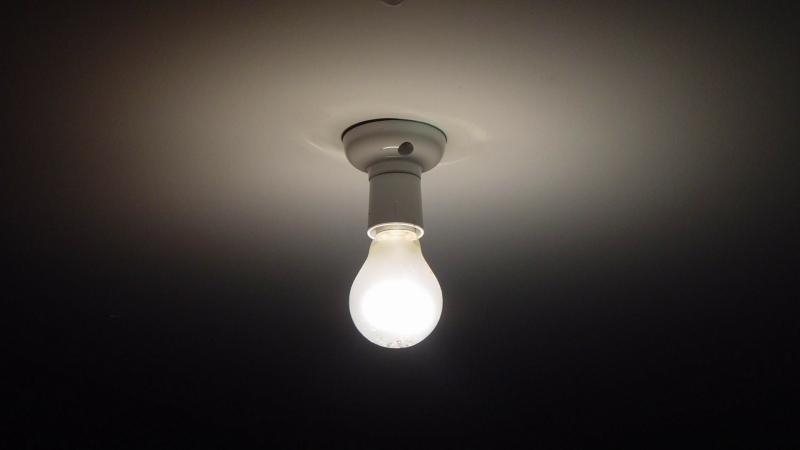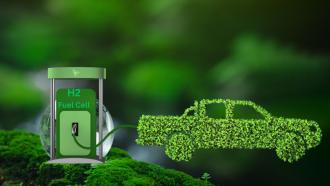
Power cuts in many parts of the country are so commonplace that we have learnt to accept and adapt to the erratic supply, no matter how frustrating. With summer rearing its fiery head, the threat of sitting in sweltering heat without fans or air-conditioners is a nightmare. A recent UN report found that 10% of people from developing countries have no access to electricity! Now, a study by researchers from the Indian Institute of Technology, Kharagpur, has found a way to potentially generate power in our backyard. All you need is a pond, algae, and a microbial fuel cell!
There is a recent interest in the development of fuel cells powered by microorganisms which help in the generation of electricity through chemical reactions. These fuel cells have two terminals -- a positive terminal called the anode, and a negative terminal called cathode. Chemical reactions at either or both of the terminals cause the electrons to flow across these terminals, thus generating electricity.
Sewage water from our houses is rich in organic compounds and thus helps the growth of algae and other microbes. A sewage treatment plant typically has a large oxidation pond where the water is treated using the combined activity of algae, bacteria and sunlight. The researchers propose to harness this chemical reaction to power our electricity grids.
The researchers have compared two types of microbial fuel cells -- one called a sediment microbial fuel cell (SMFC) where the anode is buried in the sediments of a waterbody (pond) and the cathode is suspended in the surface water, and the other which is a modified SMFC – a sediment microbial carbon-capture (SMCC) – which sought to improve performance by employing algae in the water above the sediment layer at the cathode. They analysed the power generation capacity, dissolved oxygen variations, sediment organic matter removal and algal growth of both the SMFC and the SMCC operating under similar conditions.
The results showed that the performance of SMCC was higher than SMFC, with the added advantage that SMCC can be deployed in wastewater treatment plants that has algae. The SMCC not only generated more power but also removed sediment organic matter and nitrogen more efficiently. It also helped in carbon conversion and in increasing the growth of algae in the water. Also, the researchers found that the device does not require external aeration, and it acquired the necessary oxygen from the algae and water. It also did not need a membrane between the electrodes like other microbial fuel cells.
Thanks to studies like this, wastewater from our homes may help power up an entire village or town while rendering the water reusable at the same time!






